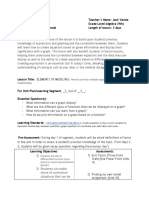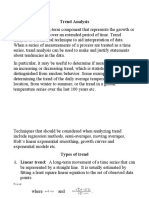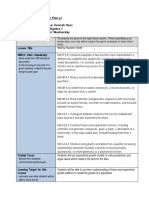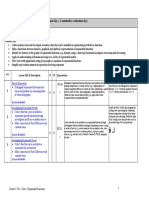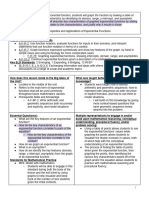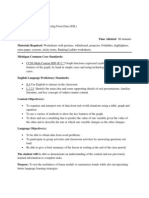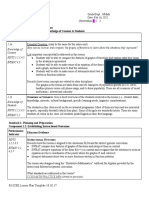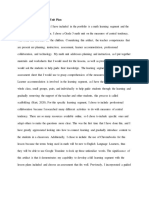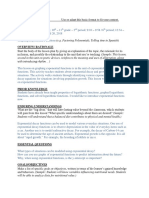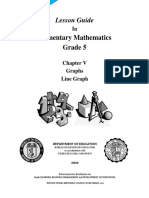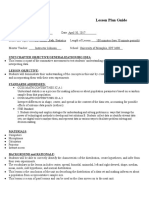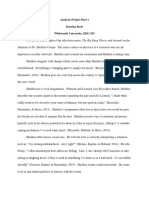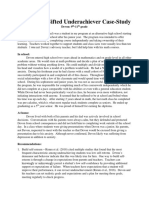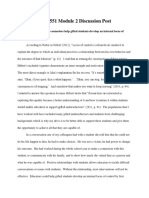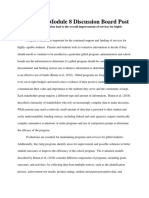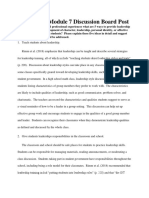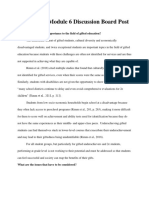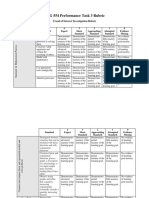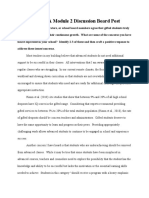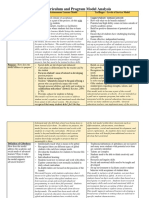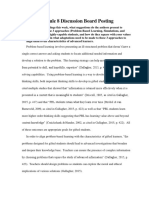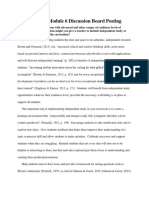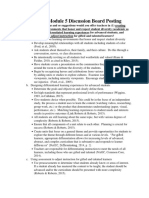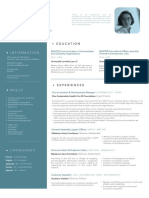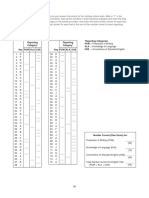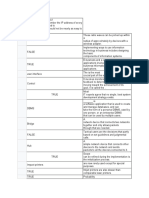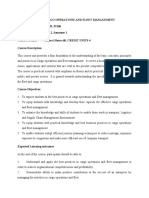0% found this document useful (0 votes)
131 views5 pagesPerformance Task 3
Students will research a current trend of interest at the local, national, or global level. They will model the trend as an exponential or linear function using graphing tools and analyze how the growth pattern impacts future outcomes. Students will consider how the trend affects their own lives and community. They will communicate their findings through a presentation sharing the trend analyzed, model created, and implications. The teacher will assess students using a rubric to evaluate their understanding of modeling trends mathematically and communicating their results.
Uploaded by
api-535003994Copyright
© © All Rights Reserved
We take content rights seriously. If you suspect this is your content, claim it here.
Available Formats
Download as PDF, TXT or read online on Scribd
0% found this document useful (0 votes)
131 views5 pagesPerformance Task 3
Students will research a current trend of interest at the local, national, or global level. They will model the trend as an exponential or linear function using graphing tools and analyze how the growth pattern impacts future outcomes. Students will consider how the trend affects their own lives and community. They will communicate their findings through a presentation sharing the trend analyzed, model created, and implications. The teacher will assess students using a rubric to evaluate their understanding of modeling trends mathematically and communicating their results.
Uploaded by
api-535003994Copyright
© © All Rights Reserved
We take content rights seriously. If you suspect this is your content, claim it here.
Available Formats
Download as PDF, TXT or read online on Scribd
/ 5






